New Energy Commercial Vehicles
New energy commercial vehicles (NECVs) provide substantial environmental benefits, significantly contributing to sustainability and reduced pollution in the transportation sector. One of the most significant advantages is the reduction of greenhouse gas emissions. Traditional commercial vehicles, particularly those powered by diesel, emit considerable amounts of carbon dioxide (CO2) and other pollutants, which contribute to climate change and air quality deterioration. In contrast, battery electric vehicles (BEVs) produce zero tailpipe emissions, leading to a cleaner atmosphere, especially in urban environments where commercial vehicles often operate.
Additionally, NECVs help improve air quality. Cities are increasingly affected by air pollution from conventional vehicles, leading to health issues such as respiratory diseases and cardiovascular problems. By replacing diesel and gasoline-powered trucks with NEVs, businesses can help lower the concentration of harmful pollutants like nitrogen oxides (NOx) and particulate matter, creating healthier living conditions for urban populations.
Moreover, the adoption of NECVs promotes the use of renewable energy. Many electric vehicles can be charged using electricity generated from renewable sources such as solar and wind, facilitating a transition away from fossil fuels. This synergy supports global efforts to reduce reliance on non-renewable energy and encourages the development of cleaner energy technologies.
Lastly, as NECVs become more widespread, they drive innovations in sustainable manufacturing practices and battery recycling, fostering a circular economy that reduces resource depletion. Overall, NECVs play an essential role in combating climate change and promoting a cleaner, healthier environment.
-

-

-
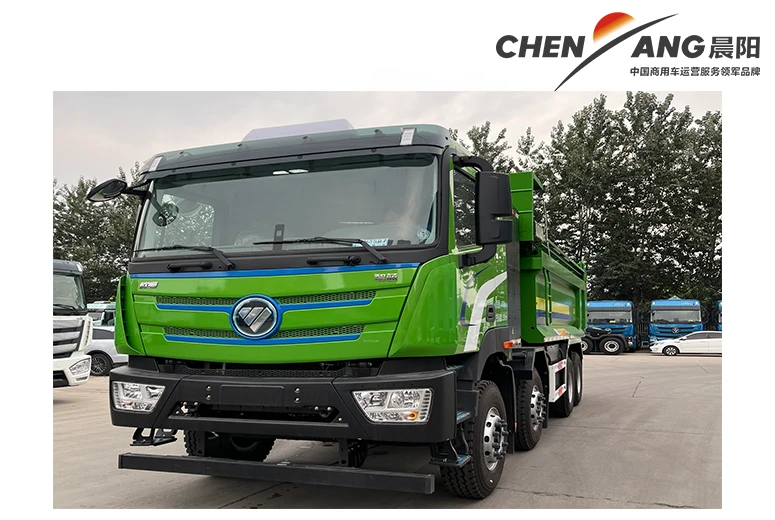
-
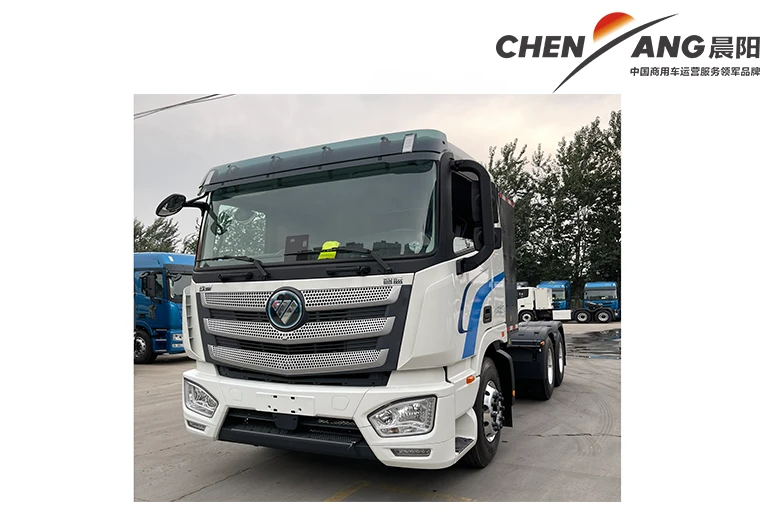
-
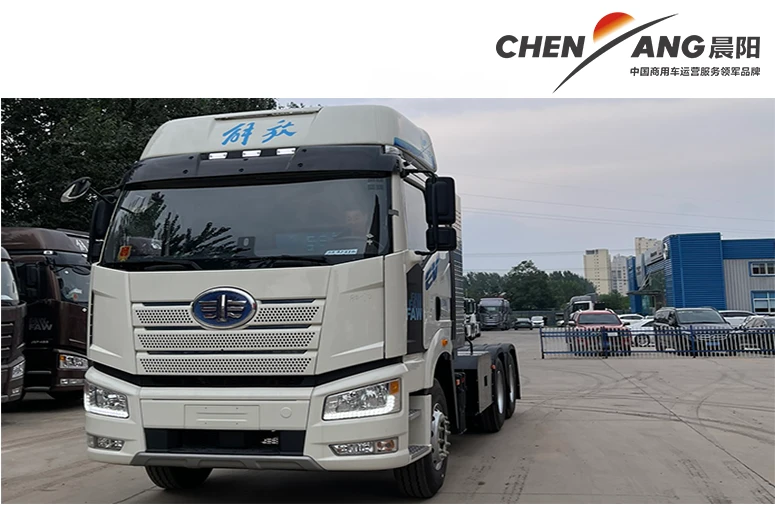
-

-
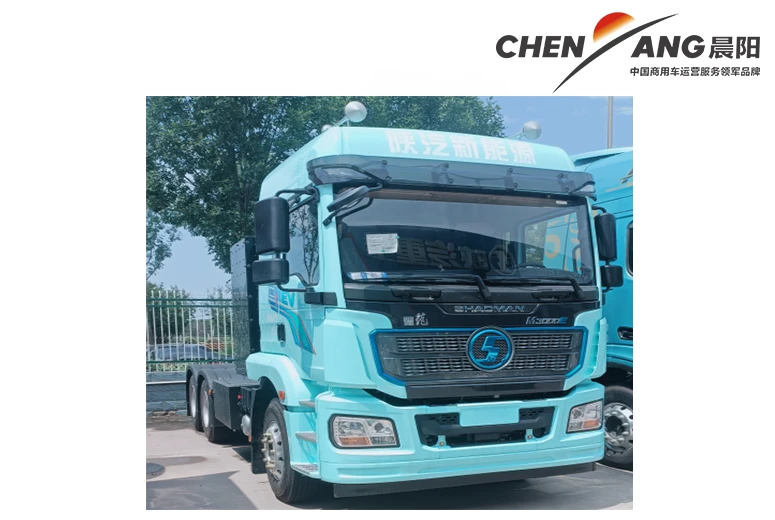
-
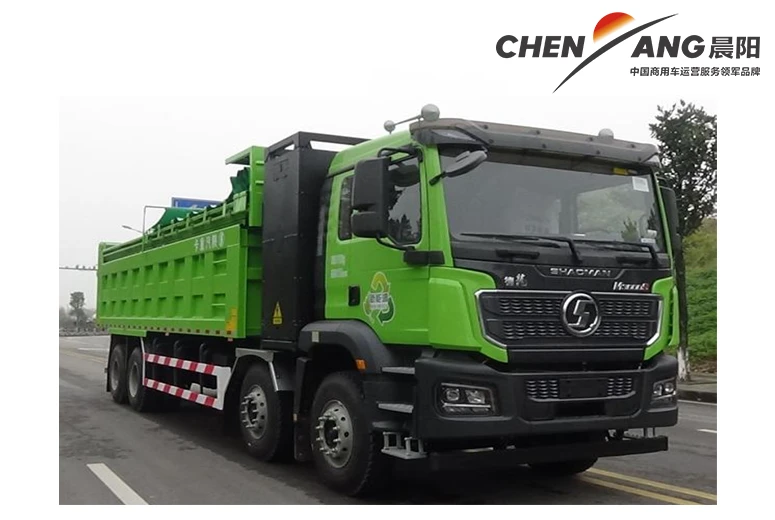
SHACMAN M3000E 8x4 Electric Dump Truck Mining Enhanced Edition
-
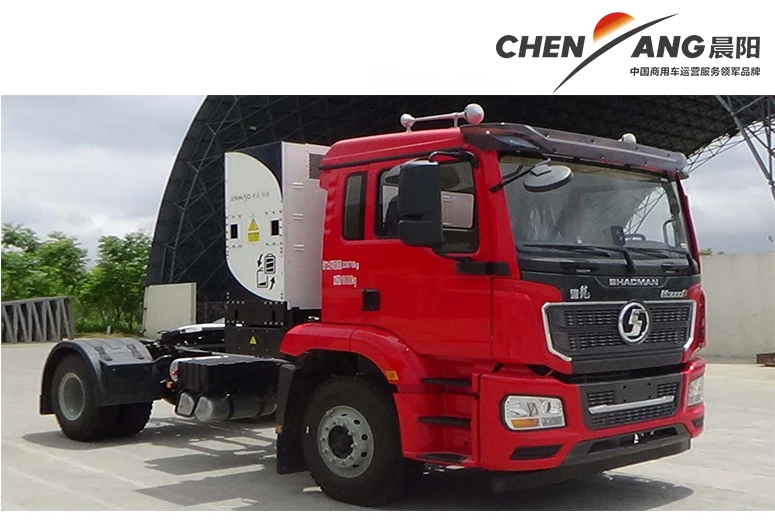
SHACMAN M3000E 4x2 Electric Tractor Truck Heavy Cabinet Edition
-

-

-
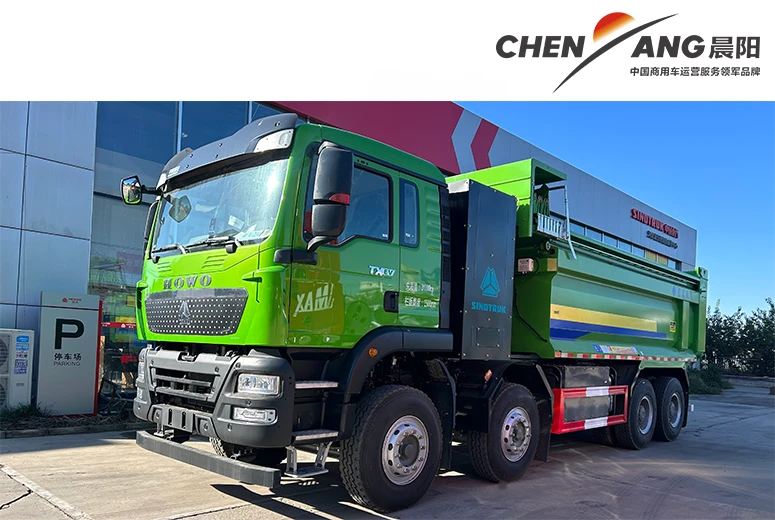
How Can Businesses Determine If New Energy Commercial Vehicles Are Right For Them?
When considering the transition to new energy commercial vehicles (NECVs), businesses must evaluate several key factors to determine if these vehicles align with their operational needs. First, assess your fleet's operational patterns and driving routes. If your business primarily operates within urban areas or undertakes short-haul deliveries, battery electric vehicles (BEVs) may be an excellent fit due to their zero emissions and reduced operating costs. However, for businesses requiring longer routes, plug-in hybrid electric vehicles (PHEVs) or hydrogen fuel cell vehicles (FCVs) may offer the necessary flexibility and range.
Next, evaluate the availability of charging or refueling infrastructure. For electric vehicles, assess whether you can install charging stations at your facilities and examine the proximity of public charging points. If your business relies on BEVs, having a robust charging infrastructure is crucial to avoid operational disruptions.
Cost considerations are also vital. While NECVs often have a higher upfront cost, they typically result in lower operating expenses due to reduced fuel and maintenance costs. Research potential government incentives, rebates, and grants available for adopting NECVs, which can offset initial investments.
Finally, consider your company’s environmental goals and public image. Transitioning to NECVs can enhance your brand's sustainability credentials and appeal to environmentally conscious consumers. By evaluating these factors, businesses can make informed decisions about integrating new energy commercial vehicles into their operations.
What Government Incentives Are Available For New Energy Commercial Vehicles?
Government incentives play a crucial role in promoting the adoption of new energy commercial vehicles (NECVs) by making them more financially accessible for businesses. These incentives vary widely by country and region, but several common programs exist to support the transition to cleaner transportation options. In the United States, federal tax credits are available for electric vehicles (EVs), which can significantly reduce the effective purchase price of new energy commercial vehicles. Eligible businesses can receive a tax credit based on the vehicle’s battery capacity, incentivizing the purchase of higher-capacity models.
In addition to federal programs, many states and local governments offer their own rebates and tax credits specifically for commercial vehicle purchases. These incentives can further reduce the overall cost of acquiring NECVs, making them more attractive for fleet operators. Some regions may also provide financial assistance for installing charging stations, supporting the development of necessary infrastructure.
Furthermore, various programs may exempt businesses from sales tax or offer reduced registration fees for NECVs. Certain jurisdictions provide additional benefits, such as access to high-occupancy vehicle (HOV) lanes, which can save time for commercial vehicles and enhance operational efficiency.
Businesses should also investigate grants or funding opportunities aimed at promoting sustainable transportation initiatives. By leveraging these incentives, companies can significantly reduce the financial burden associated with transitioning to new energy commercial vehicles, ultimately supporting their goals for sustainability and cost efficiency.









